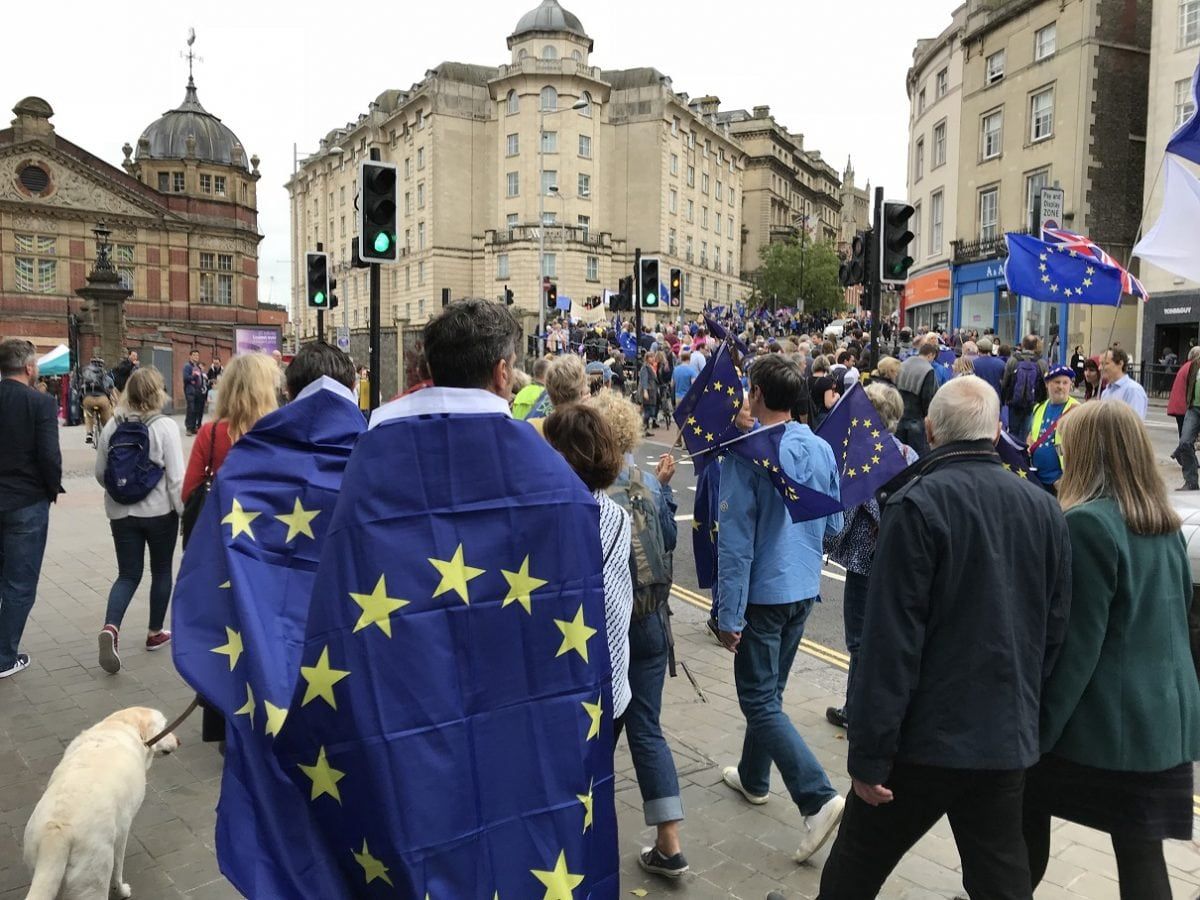
In September last year I posed a question: Why do people keep calling the People’s Vote a “second referendum” when that isn’t what it is?
Whether you want to call it a People’s Vote, a confirmatory referendum or an informed referendum, one thing that should be clear is that this is not simply a re-run of the first vote.
Pedantic as it may seem, framing it as such is what allowed Nigel Farage to scoop as many seats as he did in the 2019 European elections. It is the reason people say “Remain lost, get over it”, and why calls of betrayal are sounded when people don’t “respect the will of the people”.
The will of the people in 2016 was to leave the European Union. I accept that. But on what terms? And given that we are now more informed on what the outcome looks like, is the will of the people still the same?
One thing that is for sure is that nobody voted for a no deal Brexit. That was never on the ballot paper. If it was, I can guarantee that 52 per cent of the country wouldn’t have voted for the economic chaos that will ensue.
But without a confirmatory referendum – a three-way choice between the government’s negotiated withdrawal deal, no deal or revoking Article 50 – that may be what we get.
Feeling the strain from the Brexit Party the Conservatives could easily get pulled to the right as they select Theresa May’s successor. All of the candidates in contention to replace her have vowed to take the UK out of the European Union in October, and with the party pushed at the ballot box that could mean the most extreme outcome of all is actually the most likely.
Yet that isn’t what people voted for in 2016. No deal warranted little air time next to promises of an easy transition based on Norwegian, Canadian and Swiss models, but it is looking increasingly likely as the deadline to leave draws close.
If the government can’t agree on the best way to proceed with Brexit then a vote should be put to the people. To not do so would be the biggest betrayal of democracy in a generation.